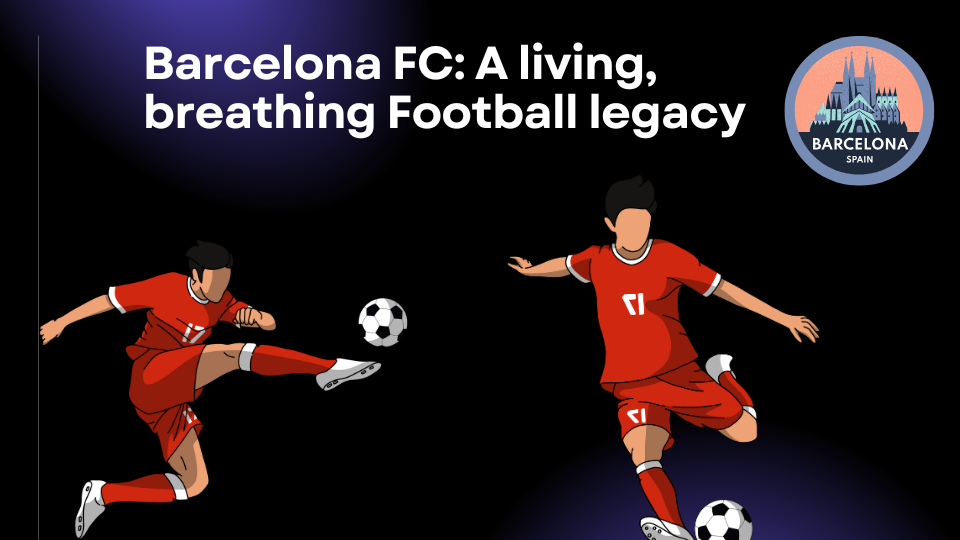There’s a rhythm to Barcelona that you don’t just see – you feel it. The quick one-twos, the way players move like they’re connected by invisible strings, the roar of the Camp Nou crowd when the team strings together 20 passes without the opponent touching the ball. I’ve been hooked since I first saw Ronaldinho make grown defenders look like training cones back in 2005.
Key Points

The heartbeat of Catalonia
You can’t talk about Barça without understanding what it means to Catalans. During Franco’s dictatorship, when speaking Catalan was banned, the club became a rallying point for identity. Older fans still get emotional talking about how the stadium was one of the few places they could freely express themselves.
I’ll never forget my first visit to the Camp Nou museum. Amidst all the trophies, it was the simple black-and-white photo of fans in the 1950s, wrapped in forbidden Catalan flags, that hit me hardest. That’s when I got why they say “Més que un club” – it’s not marketing, it’s in their bones.
The beautiful game perfected
Watching Pep Guardiola’s 2011 side was like seeing football reinvented. I must’ve rewatched that 5-0 demolition of Real Madrid a dozen times – each viewing revealing new layers of brilliance. What made them special wasn’t just winning, but how they did it:
- The Iniesta Turn: That subtle body feint he’d do to escape pressure – I’ve tried replicating it in my Sunday league and nearly broke my ankle.
- Busquets’ Vision: How he’d receive the ball facing his own goal yet somehow know exactly where everyone was.
- Messi’s Gravity: Defenders would literally backpedal five yards the moment he got the ball, terrified of his acceleration.
La Masia: Where magic happens
I once got to watch a U12 training session at La Masia. What struck me wasn’t the fancy facilities (they’re surprisingly modest), but the drills:
- Rondos: 4v2 keep-away sessions where mistakes meant laps – the foundation of their style.
- Small-Sided Games: Constant 5v5 matches on tiny pitches to improve quick thinking.
- No Boot Sponsorships: Kids wear plain black boots to avoid distraction.
A coach told me: “We don’t train footballers, we train intelligent players.” That explains why La Masia graduates like Xavi could play blindfolded and still find each other.
Modern challenges, eternal spirit
The post-Messi era has been painful. I remember sitting in a Barcelona tapas bar during the 2022 Champions League exit – the groans after each missed chance, the defiant chants that kept going even at 3-0 down. That’s the thing about culés – they’ll criticize the team fiercely but defend it passionately against outsiders.
Yet there’s hope in players like:
- Gavi’s Fearlessness: The kid plays like he’s 6’5” despite being 5’7”
- Pedri’s Poise: His composure reminds me of Iniesta in his early days.
- Lamine Yamal’s Flair: The latest La Masia gem who dances past defenders like it’s a schoolyard.
Why this club stays with you?
I’ve been lucky enough to attend a Clásico at Camp Nou. The smell of espresso and cigarettes in the concourse, the sudden hush before a Messi free kick (back when he was there), the eruption when the ball hit the net – these moments tattoo themselves on your memory.
Barcelona isn’t perfect. The financial mess, the political drama, the occasional humiliations – they’re all part of the package. But when they play that quick-passing, high-pressing, joyful football that makes defenders dizzy, there’s nothing like it in world football.
That’s why millions wake up at odd hours worldwide to watch them. Not just for wins, but for those flashes of magic that remind us why we fell in love with the game in the first place.